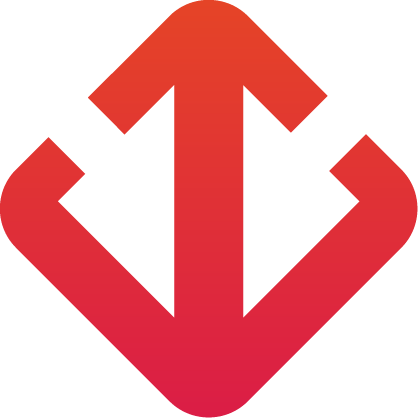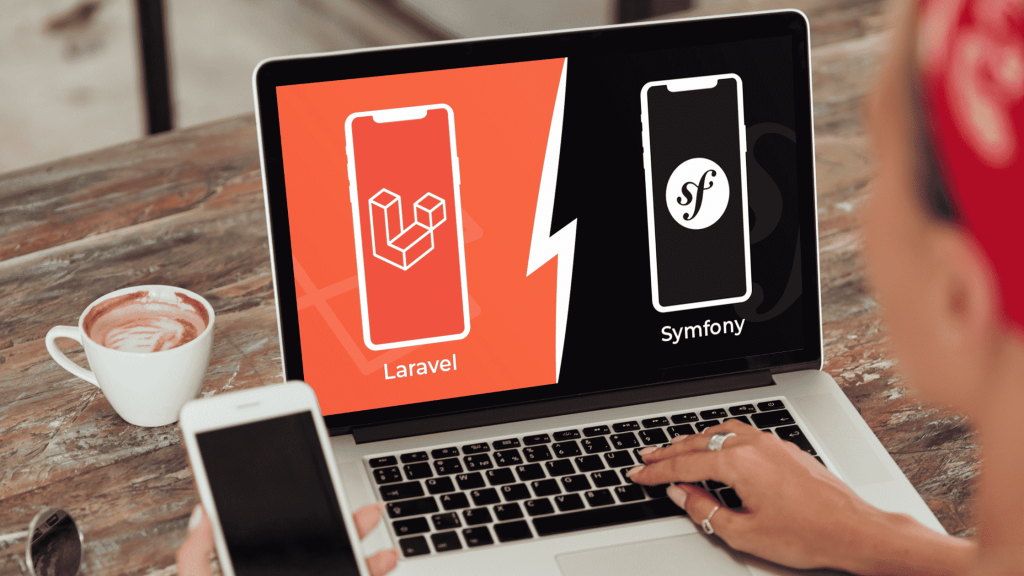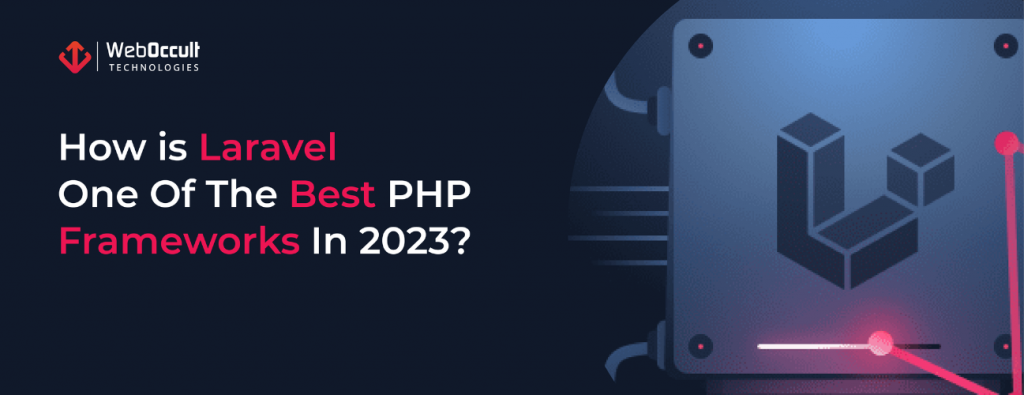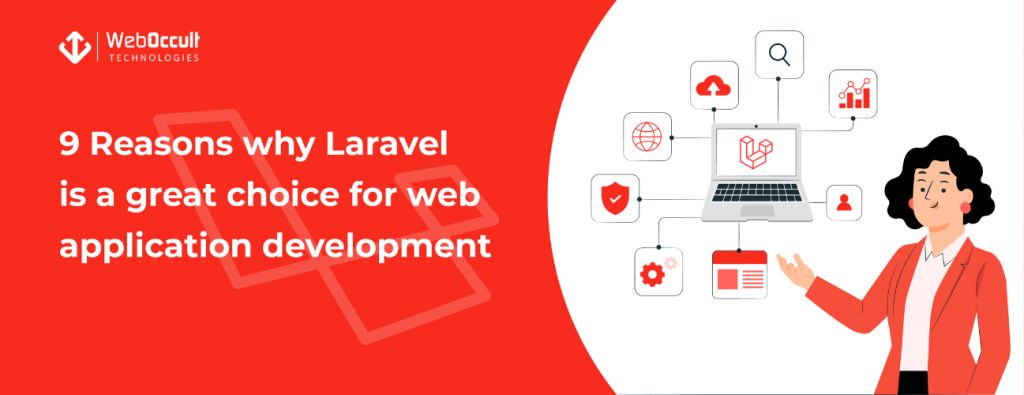
PyTorch vs TensorFlow: Which deep learning framework to choose in 2022?

Author
Ruchir Kakkad
Date
20 Oct 2021
Time
6 min read
Category
Web Development

Deep learning is a subset of artificial intelligence (AI), an area gaining popularity for several decades. However, like any new concept, some issues and details need to be worked out before using it in real applications.
It is common to hear the terms “deep learning,” “machine learning,” and “artificial intelligence” used interchangeably, which leads to potential confusion. Deep learning and machine learning are part of the artificial intelligence family, although deep learning is also a subset of machine learning.
Deep learning mimics the neural pathways in the human brain to process data, use it to make decisions, detect objects, recognize speech, and translate languages. It learns without supervision or human intervention from unstructured and unlabeled data.
Deep learning processes machine learning using a hierarchical level of artificial neural networks, built like the human brain, with networked neural nodes. While traditional machine learning programs linearly analyze data, the hierarchical function of deep learning allows machines to process data in a nonlinear approach.
What is PyTorch?
PyTorch is a relatively newer, Torch-based deep learning framework. Developed by Facebook’s AI research group and made open-source on GitHub in 2017, it is used for natural language processing (NLP) applications. PyTorch is renowned for its simplicity, ease of use, flexibility, efficient use of memory, and dynamic calculation graphs. It also feels native, which makes coding more manageable and increases processing speed.
What is TensorFlow?
TensorFlow is an end-to-end open-source deep learning framework developed by Google and released in 2015. It is known for its documentation and training support, scalable production and deployment options, multiple levels of abstraction, and its support for different platforms, like Android.
TensorFlow is a symbolic math library used for neural networks and is best suited for programming data flows across a range of tasks. In addition, it offers several levels of abstraction for building and training models.
TensorFlow offers a flexible and comprehensive ecosystem of community resources, libraries, and tools that make it easy to build and deploy machine learning applications.
PyTorch vs TensorFlow
PyTorch vs. TensorFlow: Building computer graphs
TensorFlow works on a static graph concept, which means that the user must first define the computational graph of the model, then run the ML model. At the same time, PyTorch believes in a dynamic graph that allows defining/manipulate the graph along the way.
PyTorch offers an advantage with its dynamic nature of graph creation. Graphs are built by interpreting the line of code corresponding to that particular aspect of the graph. However, in the case of TensorFlow, the construction is static, and the graph must go through compilation and then be executed on the execution engine.
PyTorch vs TensorFlow: Debugging
Using a standard python debugger, the user does not need to learn how to use another debugger from scratch. Debugging can be done in two ways for TensorFlow: a) need to learn the TF debugger. b) request for variables that are requested from the session.
PyTorch vs TensorFlow: Serialization
PyTorch offers a simple API that records all model weights or selects the entire class. However, TensorFlow also provides a significant advantage: the whole graph can be saved as a protocol buffer, including parameters and operations. In addition, other supported languages, such as C ++ and Java, can load the graph, essential for deployment stacks where Python is not offered. It’s also helpful when the user changes the model’s source code but wants to run the old models.
PyTorch vs TensorFlow: Coverage
TensorFlow supports a higher level of functionality and offers a wide range of options to work with by providing certain operations like:
- Return a tensor at the same time as the dimension.
- Check the tensor for infinity and the NaN
- Provide support for fast Fourier transforms
- Use a package named contrib for creating models.
PyTorch vs TensorFlow: Visualization
Visualization plays a crucial role in the presentation of any project in an organization. TensorBoard visualizes machine learning models in TensorFlow, which helps train the model and quickly spot errors. TensorBoard is the real-time graphical representation of a model that depicts the graphical representation and shows the accurate graphs in real-time.
PyTorch vs. TensorFlow: Device management
TensorFlow does not ask the user to specify anything since the defaults are well defined. For example, it automatically assumes that the user wants to use the GPU if there is one. In contrast, PyTorch requires the user to move everything on the device if CUDA is explicitly enabled. TensorFlow has a negative side in device management: even if a GPU is used, it consumes all the memory of the available GPUs.
PyTorch vs TensorFlow: Deployment
Both frameworks are easy to wrap for small-scale server-side deployments. In addition, TensorFlow works well for mobile and embedded deployments. However, deploying to Android or iOS requires a significant amount of work. Another notable feature of TensorFlow is that models cannot be hot-swapped without interrupting service.
Both frameworks are helpful and have a huge community behind them. They both provide machine learning libraries for performing various tasks. TensorFlow is a powerful tool with active viewing and debugging capabilities. It also offers serialization advantages, as the entire graph is saved as a protocol buffer. TensorFlow supports mobile platforms and offers production-ready deployment.
PyTorch, meanwhile, continues to gain traction and attract Python developers as it is more user-friendly for them.
In summary, TensorFlow is used to speed things up and build AI-related products, while research-oriented developers prefer PyTorch.
You Might Also Like
When it comes to web development, PHP frameworks are the utilized solutions. Despite the fact that there are other PHP frameworks. Symfony and Laravel are the best options. They’re popular for a multitude of reasons, including their great code, which allows developers to create incredible applications. Create a web application to bring your brand’s identity […]
Technology has improved leaps and bounds. What used to be a dream a couple of years ago is a reality. This is because people are continuously looking for new things. They want to evolve and make things better for themselves and the world at large. In recent times, we’ve seen a 360° transformation in how […]
Laravel has been noted as one of the best framework options to develop a web application, and rightfully so. As per the official website, the web development framework is an open-source PHP web application framework. The syntax is especially simple and easy. It works on MVC (model-view-controller), an architectural pattern to separate the model, the […]
Let’s Build The Future
Have An Idea? Work With Us And See How It Goes. We Promise To Go The Extra Mile For Every Project That We Take Onboard.



